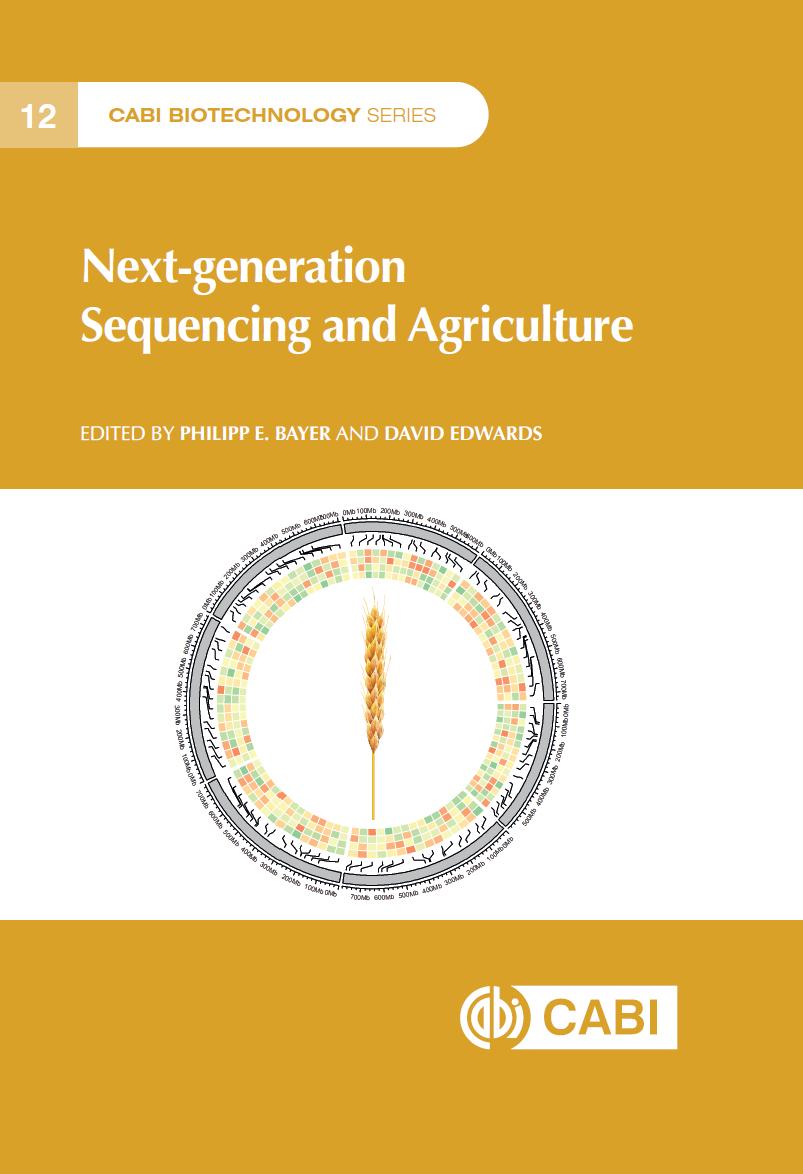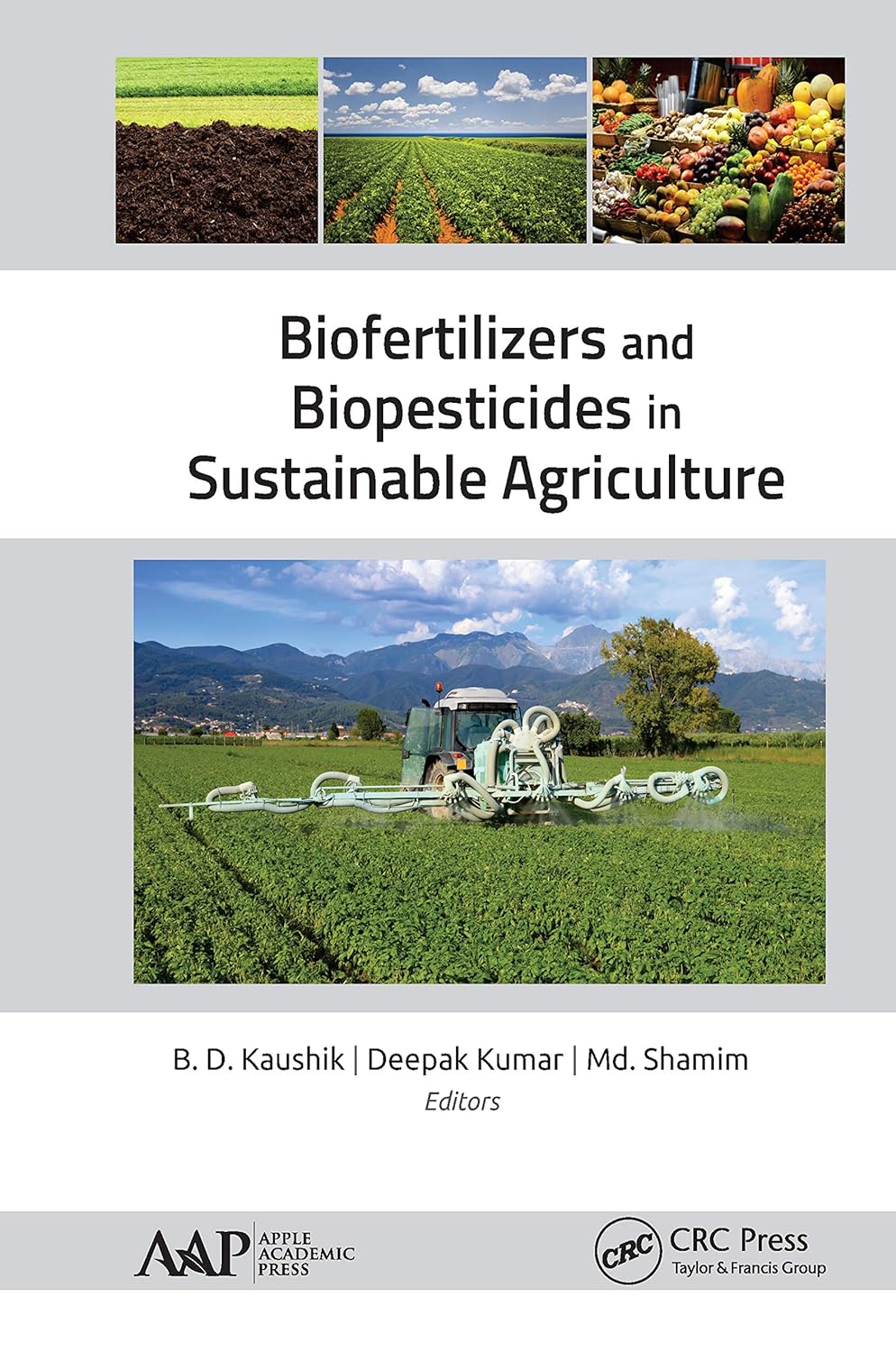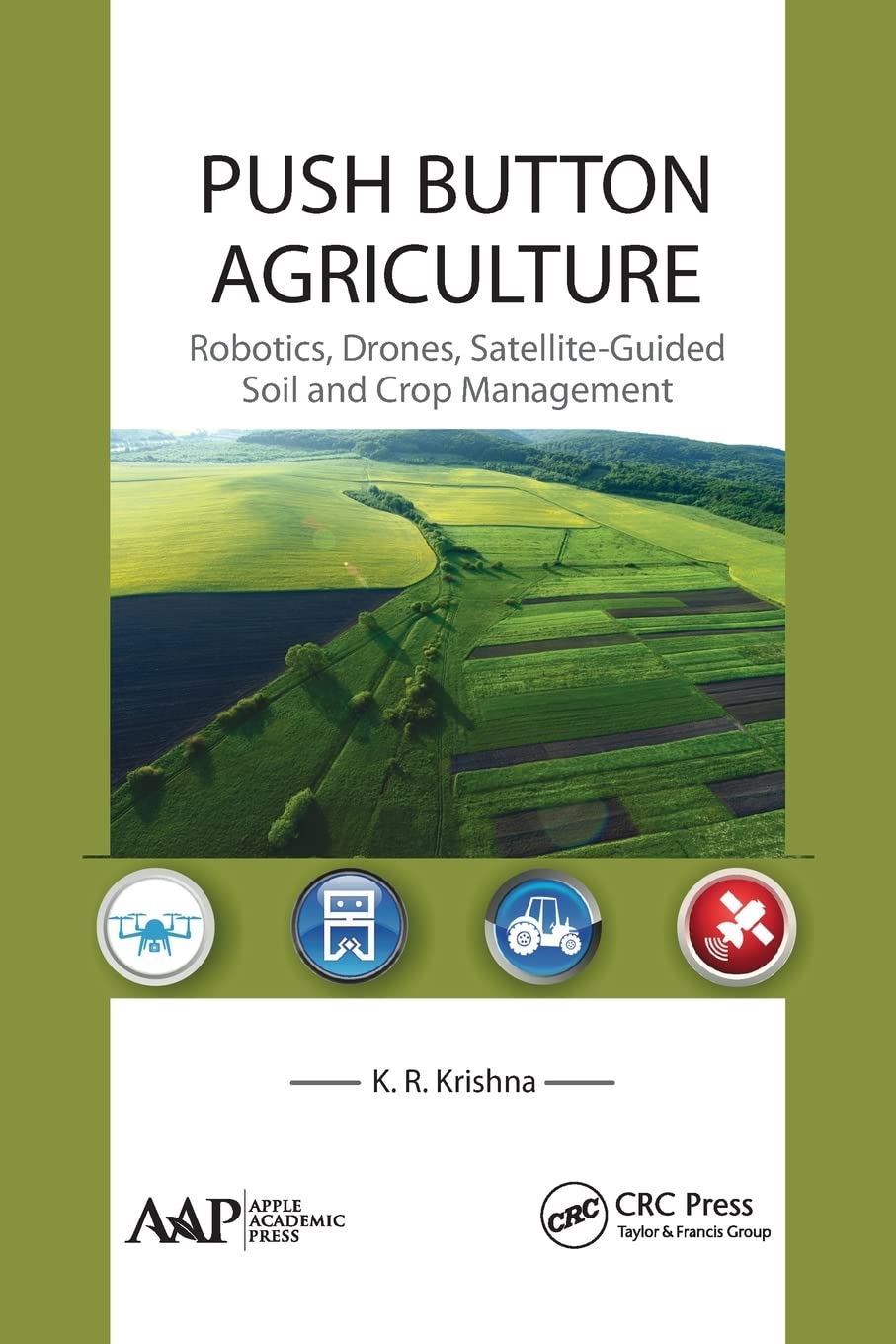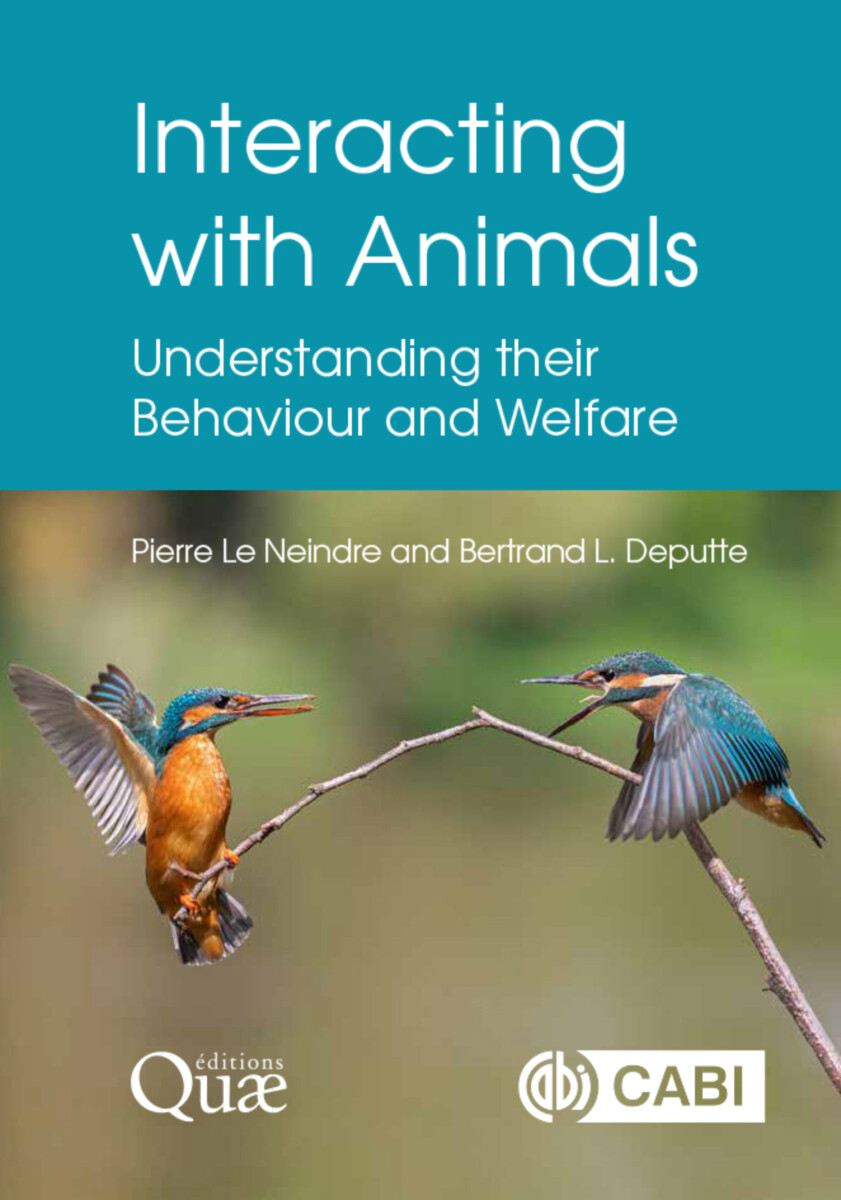News - Kosáry Domokos Library and Archives
News
Tartalom listázó
Created on: 14. September 2023
New books in the Library's collection 2023
Here you can find a short selection from our new acquisitions
| Campbell, Peter G. C. (et al.): Ecotoxicology London: Cambridge Univ. Pr., 2022. 586 p. Shelf reference: 504.064 - E13 Catalogue |
|
Genome sequencing has become a basic tool of plant and animal breeding. Reduced costs have allowed the sequencing of thousands of plant lines or cultivars, leading to previously unobtainable insights into genetic impacts during breeding and generating large numbers of novel candidate breeding genes. This book summarizes the impacts that the genome sequencing revolution has had on agriculture with reference to applications across species and locations. It explains new techniques and their use in understanding epigenetics, breeding and conservation. It is a useful resource for scientists wanting to learn how different fields of agriculture have adapted novel genome sequencing technologies to their requirements, and for those wanting to transfer technologies and lessons learned from one field of agriculture to another. This book is a useful resource for students and researchers in biotechnology, genetics, genomics and breeding. |
| Dessler, Andrew E.: Introduction to Modern Climate Change Cambridge, UK: Cambridge Univ. Pr., 2022. 288 p. Shelf reference: 551.583 - D56 Catalogue |

|
The third edition of this introductory textbook for both science students and non-science majors has been brought completely up-to-date. It reflects recent scientific progress in the field, as well as advances in the political arena around climate change. As in previous editions, it is tightly focussed on anthropogenic climate change. The first part of the book concentrates on the science of modern climate change, including evidence that the Earth is warming and a basic description of climate physics. Concepts such as radiative forcing, climate feedbacks, and the carbon cycle are discussed and explained using basic physics and algebra. The second half of the book goes beyond the science to address the economics and policy options to address climate change. The book's goal is for a student to leave the class ready to engage in the public policy debate on the climate crisis. |
| Kaushik, B. D., Kumar, Deepak, Shamim, Md.: Biofertilizers and Biopesticides in Sustainable Agriculture Oakville, Palm Bay: AAP, 2021. 481 p. Shelf reference: 632.95 - K28 Catalogue |
|
This new volume, Biofertilizers and Biopesticides in Sustainable Agriculture, presents strategies for the management of soil and crop diseases. Microbes have attracted worldwide attention due to their role in disease management and remediation of polluted soils. Taking a sustainable approach, this book explores the means of integrating various microbial management approaches to achieve the desired levels of crop yield under both conventional soils and neglected soils through the use of biopesticides and other botanicals as well as biomolecules. This book also presents a broad and updated view of molecular nitrogen fixation and phosphate-solubilizing and sulfur-transforming microbes for nutrition of crops in relation to the role of metal tolerant microbes in providing protection to plants grown in metal-contaminated soils. The preparation and application of biofertilizers, utilization of household waste materials, and use of genetically modified microorganisms (GMOs) in plant growth and development are also well discussed in the volume. |
| Krishna, Kowligi R.: Push Button Agriculture: Robotics, Drones, Satellite-Guided Soil and Crop Management Oakville, Palm Bay: AAP, 2021. 469 p. Shelf reference: 631.17 - K95 Catalogue |
|
This book covers three main types of agricultural systems: the use of robotics, drones (unmanned aerial vehicles), and satellite-guided precision farming methods. Some of these are well refined and are currently in use, while others are in need of refinement and are yet to become popular. The book provides a valuable source of information on this developing field for those involved with agriculture and farming and agricultural engineering. The book is also applicable as a textbook for students and a reference for faculty. |
| Le Neindre, Pierre , Deputte, Bertrand: Interacting with Animals: Understanding their Behaviour and Welfare Wallingford, Boston, MA.: CABI, 2022. 110 p. Shelf reference: 591.51 - L40 Catalogue |
|
Animal behaviour and, as a result, animal welfare are increasingly complex areas of study, with the diversity of the animal kingdom and new research findings ensuring there is no one, easy answer. Instead, we need to take a holistic approach, combining scientific principles with both philosophical and ethical considerations to develop all-inclusive policies and legislation that decide how society should interact with domestic, farm and native animals. With a focus on domestic animals, while also referring to wild species to reinforce the arguments, this book: |
| Navarro-Meneses, Francisco: Managing the Smart Revolution in Tourism: Firms Innovation and Value Creation in the Era of Data Wallingford, Boston, MA: CABI. 2023. 354 p. Shelf reference: 338.48 - N37 Catalogue |
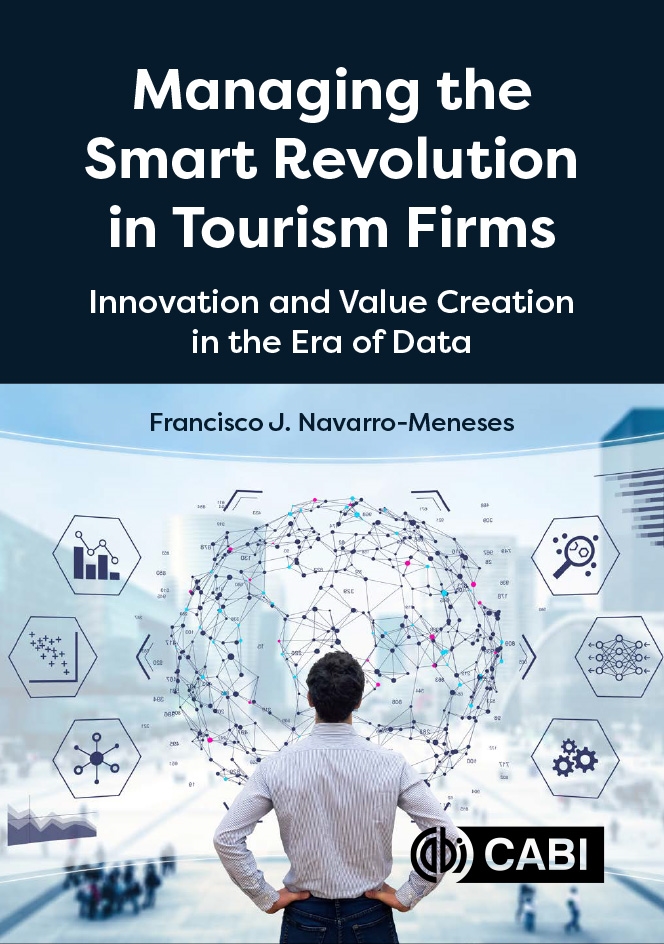
|
Smart technologies are revolutionizing tourism, as they are having a profound impact on the way tourists behave and on how firms interact with them and create value. The increasing availability of real-time Big Data and the advances made in data analytics techniques, artificial intelligence, and IoT, has begun to transform tourism organizations in ways not previously considered, and in a lasting manner. The degree of sophistication achieved and the speed with which this so-called Smart Revolution is taking place means that tourism practitioners lacking a relevant digital and data-focused background are at risk of being left behind and unable to take advantage of the opportunities offered to create sustainable competitive advantages. This book delivers the latest and most relevant advances in the field of smart transformation and the management practices that can be put into practice to continue creating value in the years to come. Divided into four main parts and 23 chapters, it highlights the challenges that the Smart Revolution brings to tourism firms by providing updated knowledge on the literature, research, and experiences of the author. The book will also provide a guide for action to business leaders and those approaching the fundamentals of the Smart Revolution for the first time. It will also serve as a valuable text for undergraduate and graduate students on specialized courses in tourism, technology, and business transformation. |


